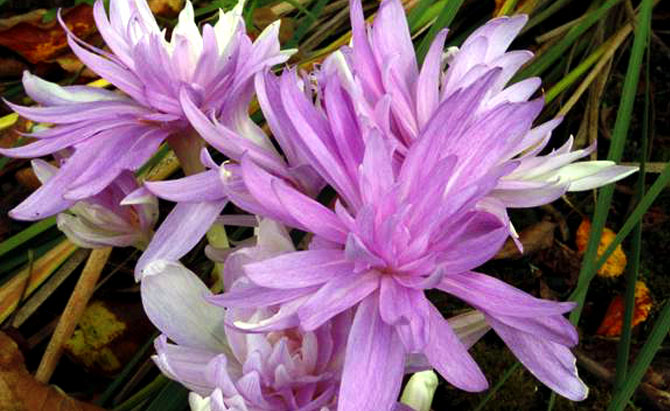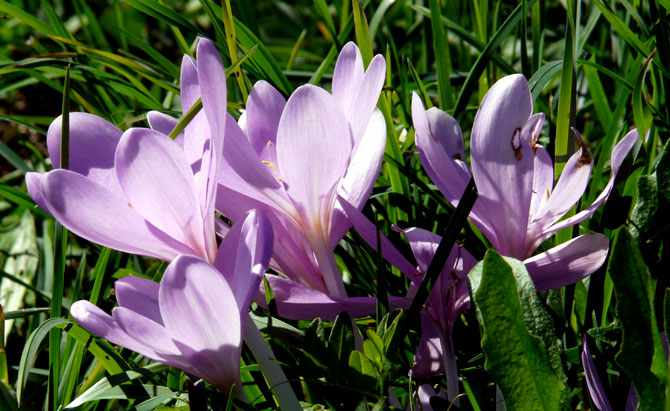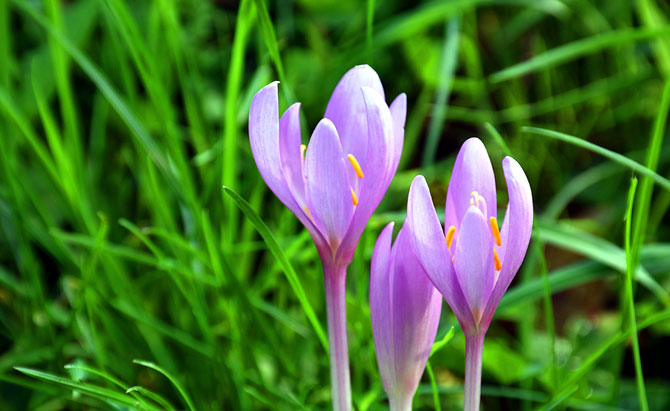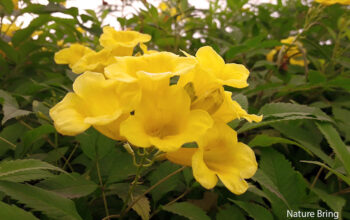Colchicum
Learn How to Grow Colchicum, Growing Colchicum bulb, How to care Colchicum, Pest’s problems with Meadow saffron and more about this plant in this article. It is also known as Meadow saffron, but it is different from the actual saffron and is actually poisonous. Colchicum is Large size beautiful pink lavender, pink-purple, or white flowers that bloom in the fall. When its flowers blossom, only flowers appear, the leaves do not appear, there are many bulbs and each bloom several times. These plants are hardy in the field of the American agriculture department in the 5-8 S, 5-9W.
Colchicum or meadow Saffron is a type of fall bulb. These are a dramatically colorful flower with the fall bulb of Colchicum. Colchicum is also called naked ladies and Meadow saffron, its shiny single or double-feathered flowers are amazing, its flowers die after blooming. Lance-shaped leaves re-emerge in the spring.
Classification
Scientific name Colchicum autumnale
Common name Meadow saffron, Naked ladies
Plant type Flower
Sun requires Full Sun, Partial Sun
Blooming time Early fall
Flower colors Pink, Lilac, white
Soil Fertile- well-drained soil
Soil pH 5.5-6.5
Zone 4-8
Growing condition of Colchicum
It is easy to plantedMeadow saffron, but before applying it, you need to be aware of the following situations. Read more.
Soil and Location
Meadow saffron flourishes very well in moisture but well-drained and fertile soil. They are well grown on the sheltered place and enjoy the noon sun. It encourages flowering in full sun to part shade. In the open, it encourages the flowers to open wide open,
Planting
You can plant its dry bulb in July or August in your garden. Its bulbs should be 4 to 6 inches deep and 6 to 12 inches apart. Colchicum is hardy for Zone 4.You can buy this plant in the late summer by the expert nursery, and apply from full sun to part sun in well-drained soil.
Feeding
First of all, enrich your garden soil by adding well-fried compost. If you have heavy soil, then you should improve the drainage by adding thick grit, because the irrigation required for this plant is necessary. From November to February is a dormant time, use well-rotted manure during this time for top dress up, use the foliar feed in the spring.
Mulching
Fall flowering Crocus, make 1 to 2-inch thick layer mulch by shredded bark or chopped leaves in late summer. It will maintain the presence of moisture in the soil and will prevent the growth of weed. In winter the wet soil can damage the plant, so remove the mulch. Leave mulch to protect bulbs in more cold areas.
Propagation
When the leaves of the plant are finished yellowing, then in every fourth year, Colchicum should be divided and planted immediately after lifting in July or August.
How to care Colchicum
- The care of Colchicum is very easy, very little work has to be done for it, yet there are abundant flowers in the fall.
- After the flowers blossom, wait for the leaves to dry completely, then cut them. You let them stay on the same for better winter conservation.
- Water is needed when Colchicum starts growing again after very dry heat and fall.
- Spray fertilizer around plants in the Growing Season, this will promote more leafy growth, which will feed the bulb and produce better flowers in fall.
- Colchicum plants will spread over time and produce more bulbs when these plants become inactive in the summer, then the best time to dig and divide the bulb. Read more.
- Mark places where Colchicum is located. Sometimes you can destroy the plant by considering flame weeder tools as a weed.
Pest’s problems with Meadow saffron
There is no serious pest or disease problem with this plant. Sometimes the slugs and snails hurt it. Due to water and moisture, the fungal traps can attack the leaves, remove or destroy the affected plants. Weak flower stem flops.
Try these:
Growing and planting Freesia flower. How to grow Garden Phlox.
Happy gardening
Pin it:







